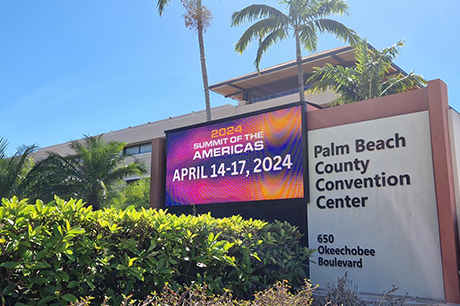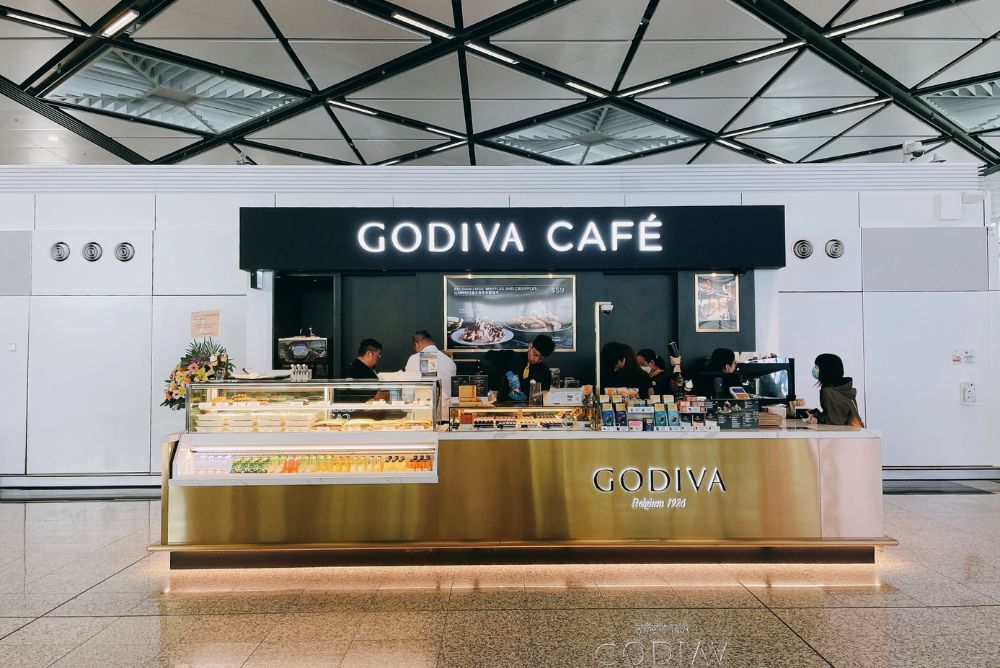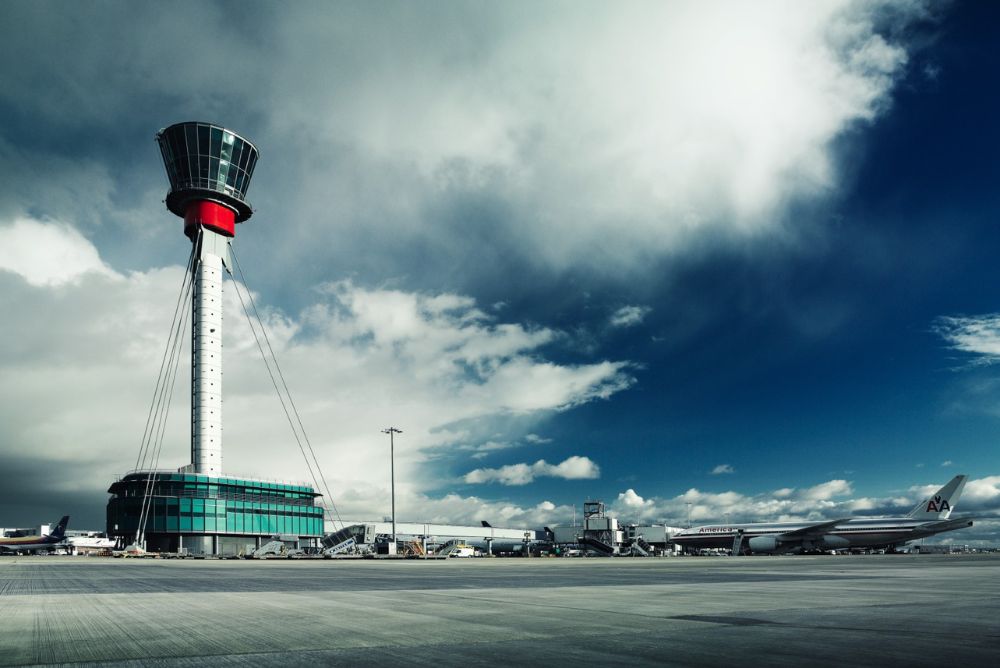China’s cruise passengers set to soar to 5.4m by 2020
By Charlotte Turner |
 In a conference session entitled ‘China’s cruise market sets sail’, Mike Feely, Vice President of research agency Horizon Consumer Science, revealed the telling statistic that, Asia will be the No 2 cruise region by 2020, if it maintains its growth trajectory.
In a conference session entitled ‘China’s cruise market sets sail’, Mike Feely, Vice President of research agency Horizon Consumer Science, revealed the telling statistic that, Asia will be the No 2 cruise region by 2020, if it maintains its growth trajectory.
The session took place on day two of the China’s Century Conference in Guangzhou.
Chinese already account for half of Asian cruisers and are predicted to grow from 1m passengers to 5.4m in 2020. In this respect Feely said that the onboard retail market poses a great opportunity for international brands to introduce and showcase their products to middle class Chinese consumers, but that it isn’t really being taken advantage of at present.
According to the China Cruise & Yacht Industry Association, the volume of inbound and outbound passengers calling at Chinese ports has increased more than 50 times since 2006.
During his session, Feely revealed highlights of a TFWA-sponsored study into the cruise market in East Asia while Jared Lee, VP Product Management & Guest Services of Costa Cruises – the first international cruise line in China – offered his perspective.
CRUISE & AIRPORT RETAIL TOO SIMILAR?
From the initial field research – among 1,200 cruise passengers – Feely concluded that much more could be done to take advantage of the uniqueness of the cruise environment, and not enough was being done to differentiate the offer from airports.

During a session taking place on day two of the China’s Century Conference in Guangzhou, Feely revealed highlights of a TFWA-sponsored study into the cruise market in East Asia.
Feely also pointed out that the novelty of cruising for the Chinese in particular could actually be viewed as a hindrance to onboard shopping, as many customers are being exposed to the high seas for the very first time and shopping may be one of the last activities on their agenda.
He also suggested that the dwell time afforded to cruise ship retailers – three-plus days – is simply being missed. Feely suggest that perhaps the integration of entertainment might encourage more passengers to shop.
“Cruises present ripe venues for onboard events, activities and education that can all be linked with retail, to make shopping more experience-centric,” said Feely.
LACK OF TOYS AND AFFORDABLE GIFTS
He also said that the product portfolio onboard does not currently cater very well to children; important customers onboard cruise ships.
“There are very few products onboard for children and when you are aboard these ships you suddenly realise how important they are,” added Feely. “Cruises are safe and carefree environments ideal for the elderly and children, so there are many more onboard these cruise ships.”
Feely says the motivation to spoil ‘only children’ (those with no siblings) is only intensified in this environment.

“There are very few products onboard for children and when you are aboard these ships you suddenly realise how important they are,” said Feely.
What’s more is that Chinese passengers are also looking to spoil their friends and family back home, but potential gift items at affordable prices are lacking, says Feely.
“Accessibly-priced accessories (that aren’t made in China) are in demand by passengers, but tend to be lacking in onboard retail,” he said today.
HIGHLIGHT POPULAR PRODUCTS
When Chinese passengers actually make it into the stores, retailers and brands appear to be communicating ineffectively with them, even unknowingly creating negative perceptions of the offer.
“Cruise ships need to highlight the popularity of their products to Chinese shoppers who respond positively to popularity indicators on products such as ‘ this is the No 1. most searched items on Baidu’.” [Baidu is a Chinese-American web services company.]
Feely said that there is potential to capture on-shore spend and increase spend on-board, but currently the on-shore shopping experience is ‘insufficient, rushed and tiring’.
Jared Lee, VP Product Management & Guest Services of Costa Cruises (part of Carnival Cruise Line which boasts 46% global cruise market share) importantly pointed out that the onboard cruise market must be treated differently to airports retail. “Most passengers onboard are holidaymakers whereas those at airports are there for numerous reasons,” said Lee.
He also pointed out that the average duration of a cruise trip is 4-5 nights in China, where travellers have fewer national and public holidays to take advantage of.
GWPS ARE EXCELLENT MOTIVATORS
When asked what sort of initiatives could be employed to make the most of the captive cruise audience, Lee suggested offering a free gift with purchase would bring passengers ‘in their hundreds’ into stores.
He also said that the current retail model – one concessionaire taking care of the whole onboard retail channel – is now outdated and is likely to evolve to include various companies specialising in certain categories.
“This is slowly changing,” he said, “it’s difficult for one concessionaire to be good at all things. The retail model will evolve to incorporate more players.”
Lee reiterated Feely’s point about the integration of retail with entertainment and activities as Chinese passengers often like to ‘get involved’ in these.
When asked why the cruise market isn’t making the most of its captive audience and phenomenal dwell time, Lee said that passenger satisfaction is very hard to maintain at a high level, compared to airlines and airports.
Alcohol insights: Conversion up, spend down in Q4
Conversion of visitors in the alcohol category in duty free has risen to 54% in Q4 2023,...
Heinemann Asia Pacific makes breakthrough in New Zealand at AKL
Heinemann Asia Pacific is set to enter the New Zealand market with three new retail concepts at...
Men buy and spend more in travel retail says new research by m1nd-set
Men have a higher conversion rate and spend more when shopping in travel retail, says new...
-
 Asia & Pacific,
Asia & Pacific,Alcohol insights: Conversion up, spend down in Q4
-
 Asia & Pacific,
Asia & Pacific,Heinemann Asia Pacific makes breakthrough in New Zealand at AKL
-


In the Magazine
TRBusiness Magazine is free to access. Read the latest issue now.

 Trbusiness. The travel retail Trbusiness. The magazine for global retail and duty free professionals.
Trbusiness. The travel retail Trbusiness. The magazine for global retail and duty free professionals.






















